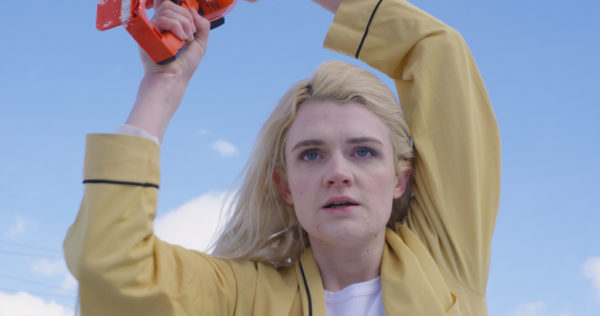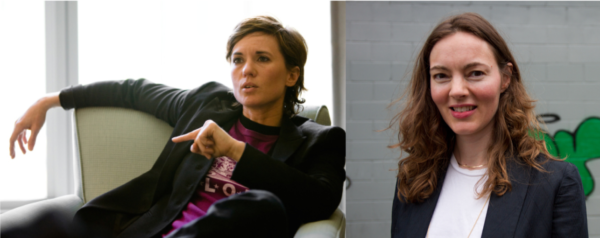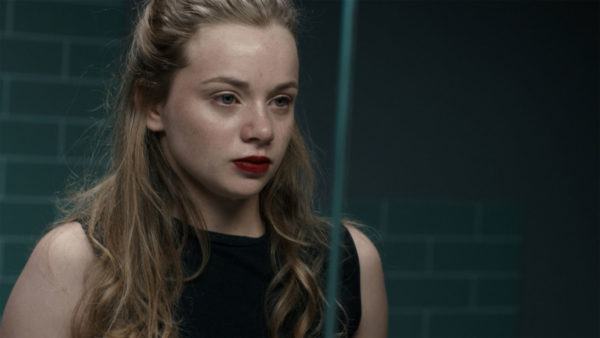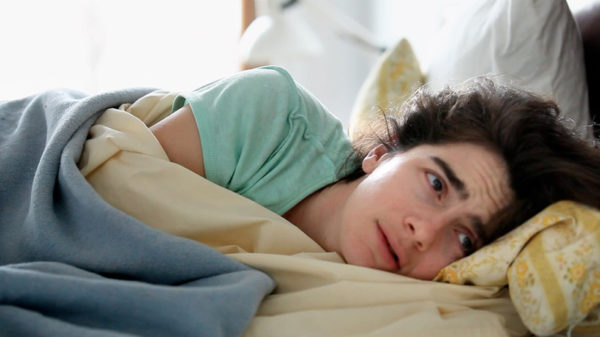
The last time Stewart Thorndike made a horror film, it was 2014’s Lyle, a lesbian take on Rosemary’s Baby. That’s a reductive description since the film is much more than an extended homage, but the log line certainly makes it an easy sell for genre fans.
[Read more…]

